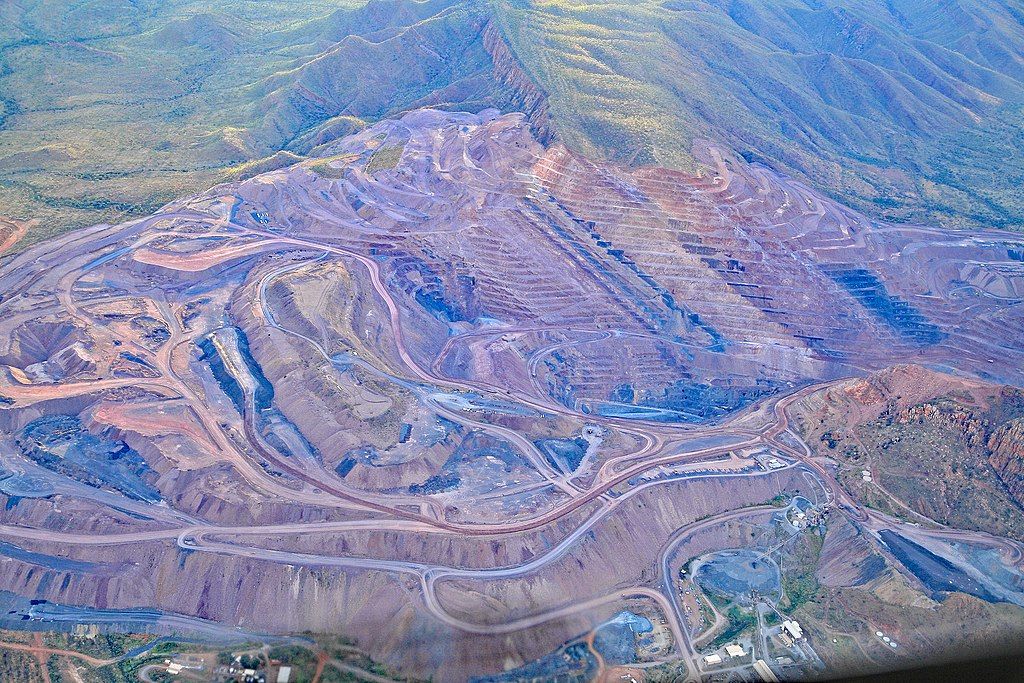As one of the world’s largest miners of mineral resources, Australia’s mining industry stands as a cornerstone of its economy – driving growth, creating jobs, and contributing significantly to exports. However, the vastness of Australia's landscape, the remote locations of mining sites, and the logistical challenges they pose mean that the mining sector heavily depends on another industry: aviation.
Challenges in the Australian mining landscape
Spanning over 2.968 million square miles (7.688 million km²), Australia's vast and diverse terrain poses unique challenges for its mining operations. Many valuable mineral deposits are situated in remote areas, far from established infrastructure and urban centers. These sites often lack road or rail connections, making traditional transportation methods inefficient and expensive.
Aviation emerges as a beacon of opportunity in such circumstances. Aircraft, both fixed-wing and rotary, serve as the ultimate solution for bridging the gap between these remote sites and the rest of the country. The aviation industry plays a pivotal role in maintaining supply chains, transporting personnel, and ensuring the seamless movement of resources, equipment, and machinery.
Discover more aviation news for Australia and Oceania here.
Fly-In, Fly-Out (FIFO) operations
The Fly-In, Fly-Out (FIFO) model has revolutionized the mining industry's workforce management strategy. This approach involves transporting workers to and from and campsites near the mines on a rotational basis, allowing them to reside in more populated areas during their time off. Aviation plays a vital role in making this model feasible, ensuring a consistent and efficient rotation of personnel, as well as maintaining employee well-being.
Aviation companies that specialize in catering to the unique needs of FIFO operations, like Alliance Airlines, offer tailored services and schedules that align with the demanding requirements of the mining industry.
Time-sensitive transportation
Apart from ferrying workers, aviation supports the transportation of critical supplies, spare parts, and machinery to keep mining operations running smoothly, especially in remote and rugged terrains that are only accessible by helicopters and small aircraft.
Aviation facilitates the rapid movement of time-sensitive items, reducing downtime caused by equipment breakdowns. This efficiency translates directly into increased productivity and profitability for mining companies, making aviation an invaluable partner in the industry's success.
Want answers to more key questions in aviation? Check out the rest of our guides here.
Remote sensing and exploration
In recent years, the integration of aviation with cutting-edge technologies has further enhanced the mining industry's efficiency and sustainability. Remote sensing tools, such as drones and aerial surveys, provide valuable insights into potential mining sites and help map the terrain, identify mineral deposits, and assess environmental impact.
These technologies reduce the need for extensive ground exploration, saving time and resources while minimizing disturbances to the ecosystem. By leveraging aviation's capabilities, mining companies can make informed decisions, optimize operations, and uphold their commitment to environmentally conscious practices.
Get the latest aviation news straight to your inbox: Sign up for our newsletters today.
Aviation plays an indispensable role in sustaining Australia's mining industry, serving as a catalyst for growth, safety, and innovation. The unique challenges posed by Australia's vast and remote landscape demand efficient and reliable transportation solutions that only aviation can provide. And for as long as mining remains a top industry in Australia, the synergy between aviation and mining will remain a driving force behind the nation's economic prosperity and development.



